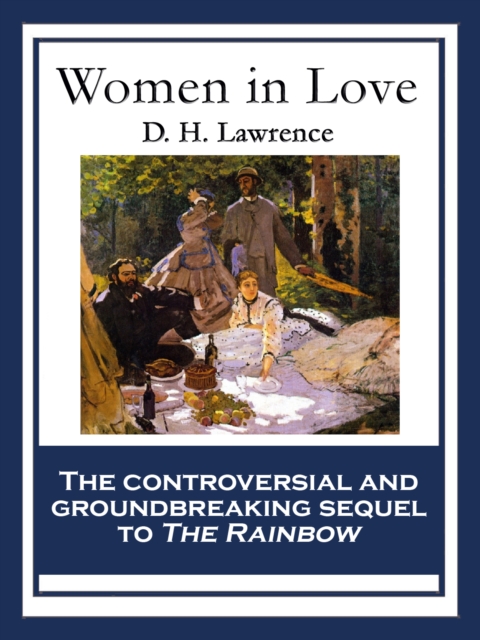Women in Love Synopsis
'Women in Love' is a sequel to 'The Rainbow.' Ursula and Gudrun Brangwen are two sisters living in the Midlands of England in the 1910s. Ursula is a teacher, Gudrun an artist. They meet two men who live nearby, Rupert Birkin and Gerald Crich. The four become friends. Ursula and Birkin become involved and Gudrun eventually begins a love affair with Gerald. All four are deeply concerned with questions of society, politics, and the relationship between men and women. At a party at Gerald's manor house, Gerald's sister, Diana, drowns. Gudrun becomes the teacher and mentor of his youngest sister. Soon Gerald's coal-mine-owning father passes away as well after a drawn-out illness. Birkin asks Ursula to marry him, and she agrees. Gerald and Gudrun's relationship, however, becomes stormy. The four vacation in the Alps. Gudrun begins an intense friendship with Loerke, a physically puny but emotionally commanding artist. Gerald, enraged by Loerke, by Gudrun's abuse and by his own destructive nature, tries to murder Gudrun. In failing, he retreats back over the mountains and falls to his death in the snow.
About This Edition
D. H. Lawrence Press Reviews
His masterpiece. . . . An astonishing work that moves on several levels. . . . Lawrence compels us to admit that we live less finely than we should, whatever we are.
-The New York Review of Books
About D. H. Lawrence
David Herbert Lawrence was born into a miner’s family in
Eastwood, Nottinghamshire, in 1885, the fourth of five children. He
attended Beauvale Board School and Nottingham High School, and trained
as an elementary schoolteacher at Nottingham University College. He
taught in Croydon from 1908. His first novel, The White Peacock,
was published in 1911, just a few weeks after the death of his mother to
whom he had been extraordinarily close. His career as a schoolteacher
was ended by serious illness at the end of 1911.
In 1912 Lawrence
went to Germany with Frieda Weekley, the German wife of the Professor
of Modern Languages at the University College of Nottingham. They were
married on their return to England in 1914. Lawrence had published Sons and Lovers in 1913; but The Rainbow, completed in 1915, was suppressed, and for three years he could not find a publisher for Women in Love, completed in 1917.
After
the war, Lawrence lived abroad, and sought a more fulfilling mode of
life than he had so far experienced. With Frieda, he lived in Sicily,
Sri Lanka, Australia, New Mexico and Mexico. They returned to Europe in
1925. His last novel, Lady Chatterley’s Lover, was published in
1928 but was banned in England and America. In 1930 he died in Vence, in
the south of France, at the age of forty-four.
Lawrence’s life
may have been short, but he lived it intensely. He also produced an
amazing body of work; novels, stories, poems, plays, essays, travel
books, translations, paintings and letters (over five thousand of which
survive). After his death Frieda wrote that, ‘What he had seen and felt
and known he gave in his writing to his fellow men, the splendour of
living, the hope of more and more life … a heroic and immeasureable
gift.’
More About D. H. Lawrence
